Consumer Preferences
Shifting consumer preferences significantly impact the Wicketed Bags Market. As consumers increasingly prioritize convenience and functionality, the demand for wicketed bags is on the rise. These bags offer easy handling and storage, making them suitable for various applications, from retail to food packaging. In 2025, Market Research Future indicates that consumer preferences will continue to evolve, with a notable inclination towards products that offer both practicality and aesthetic appeal. This trend suggests that manufacturers in the Wicketed Bags Market must adapt to changing consumer needs by innovating their product offerings. By aligning with consumer expectations, companies can enhance their market position and drive sales.
E-commerce Expansion
The rapid expansion of e-commerce is a pivotal driver for the Wicketed Bags Market. With the increasing prevalence of online shopping, businesses require efficient packaging solutions to ensure product safety during transit. Wicketed bags, known for their convenience and durability, are becoming a preferred choice for e-commerce retailers. In 2025, the e-commerce sector is anticipated to continue its upward trajectory, with significant growth rates reported in various regions. This growth necessitates innovative packaging solutions that can accommodate diverse product types. Consequently, the Wicketed Bags Market is likely to benefit from this trend, as retailers seek reliable packaging options that enhance customer satisfaction and reduce shipping costs.
Regulatory Compliance
Regulatory compliance is a significant driver for the Wicketed Bags Market. Governments worldwide are implementing stricter regulations regarding packaging materials, particularly concerning plastic usage. These regulations aim to reduce environmental impact and promote sustainable practices. In 2025, compliance with these regulations is expected to become increasingly critical for businesses operating in the packaging sector. Companies that proactively adapt to these changes by offering compliant products, such as recyclable or biodegradable wicketed bags, are likely to gain a competitive edge. This shift not only addresses regulatory requirements but also resonates with environmentally conscious consumers, thereby fostering growth in the Wicketed Bags Market.
Sustainability Initiatives
The Wicketed Bags Market is increasingly influenced by sustainability initiatives. As consumers become more environmentally conscious, there is a growing demand for eco-friendly packaging solutions. Wicketed bags, often made from recyclable materials, align with this trend. Companies are adopting sustainable practices to reduce their carbon footprint, which is likely to enhance their brand image. In 2025, the market for sustainable packaging is projected to reach substantial figures, indicating a shift towards greener alternatives. This trend not only caters to consumer preferences but also complies with stringent regulations aimed at reducing plastic waste. As a result, the Wicketed Bags Market is expected to witness a surge in demand for biodegradable and recyclable options, reflecting a broader commitment to environmental stewardship.
Technological Advancements
Technological advancements play a crucial role in shaping the Wicketed Bags Market. Innovations in manufacturing processes and materials are enhancing the quality and functionality of wicketed bags. For instance, advancements in printing technology allow for high-quality graphics and branding on bags, which can attract consumers. Additionally, the introduction of smart packaging solutions, such as QR codes and RFID tags, is transforming how products are marketed and tracked. In 2025, the integration of technology in packaging is expected to grow, providing opportunities for companies to differentiate their products. This evolution not only improves operational efficiency but also meets the demands of a tech-savvy consumer base, thereby driving growth in the Wicketed Bags Market.


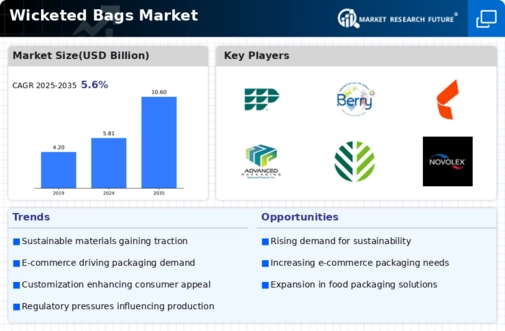
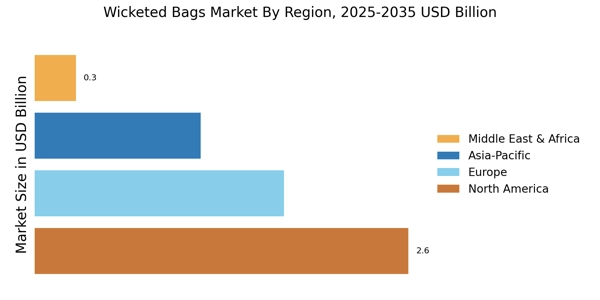

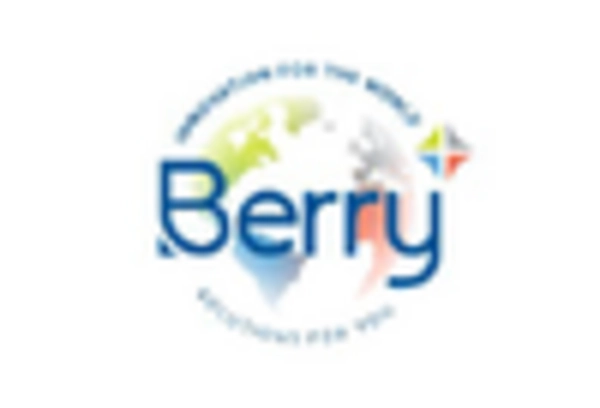
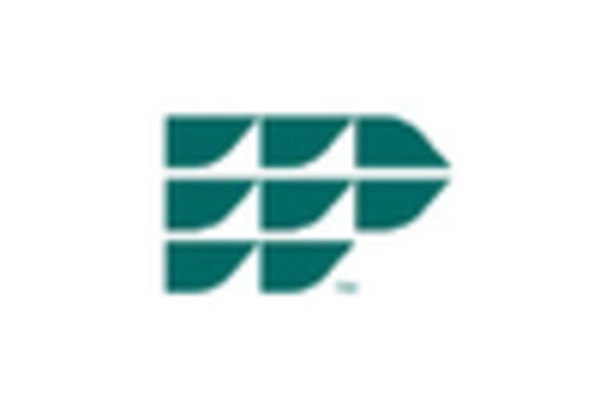

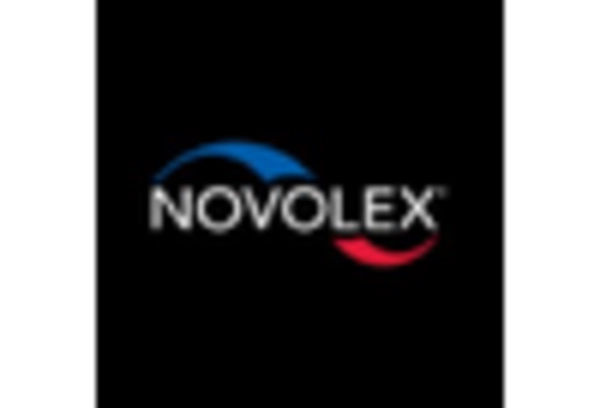
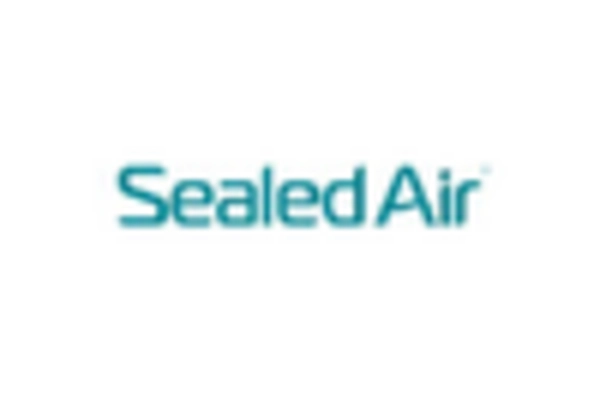








Leave a Comment